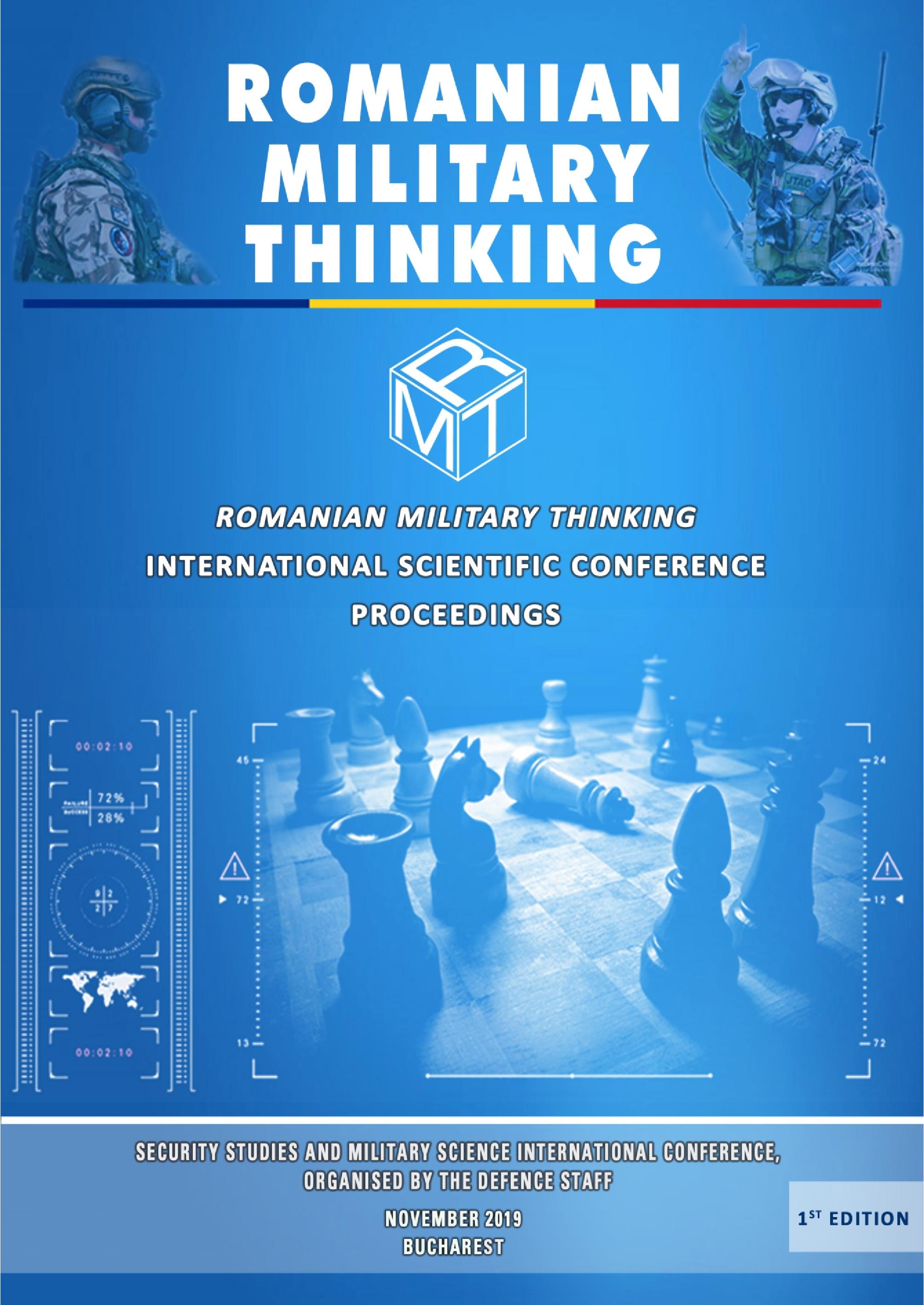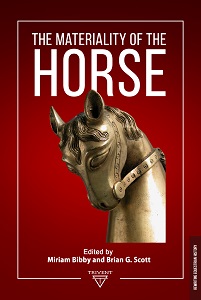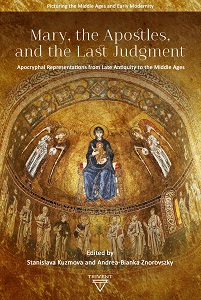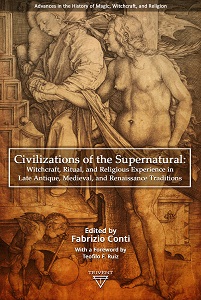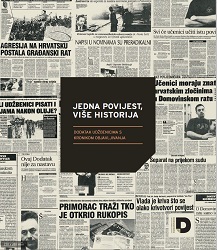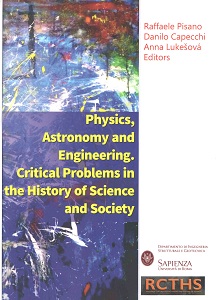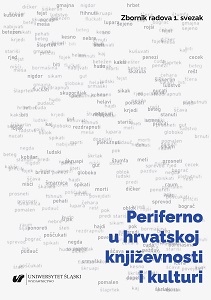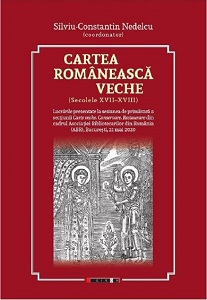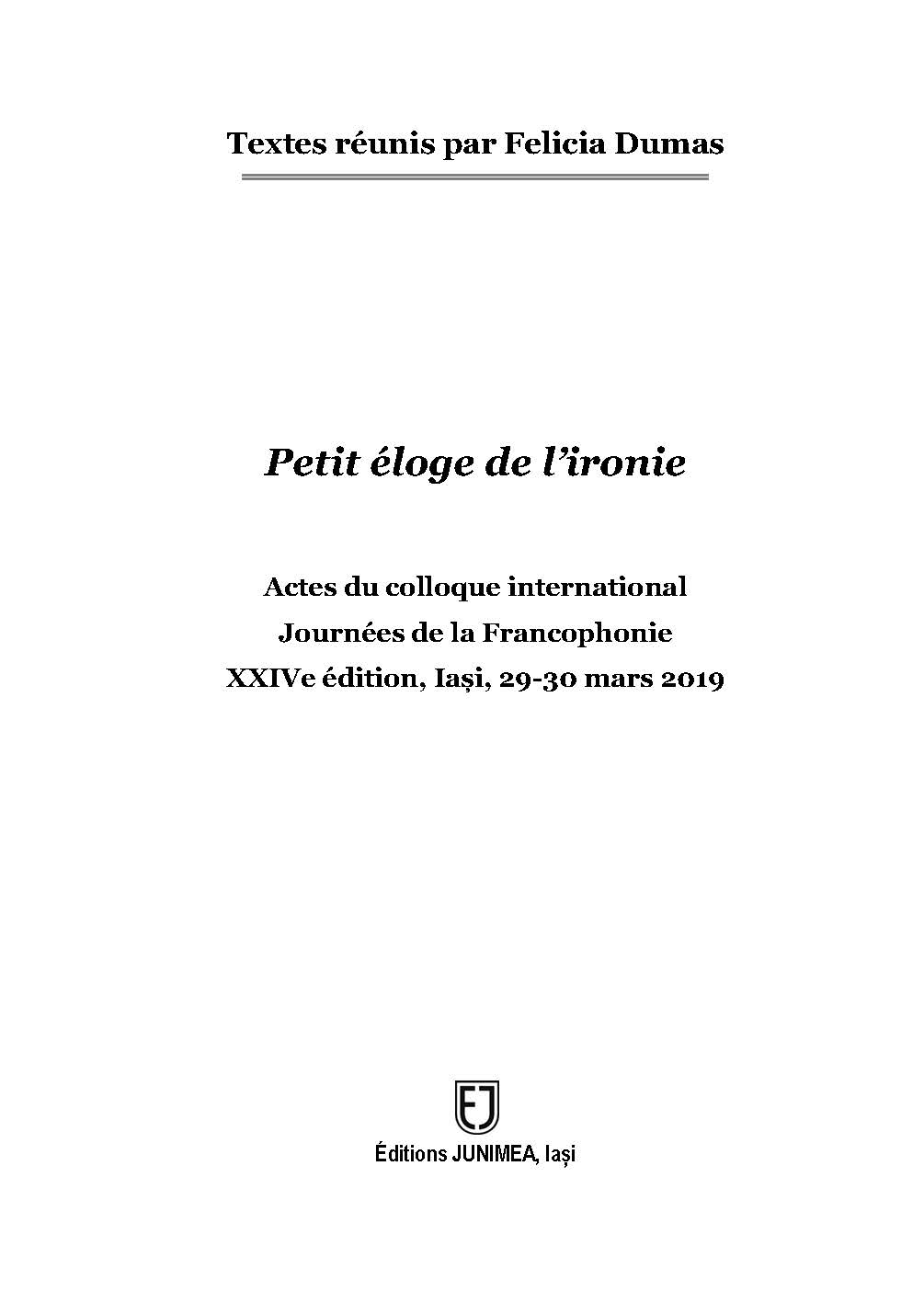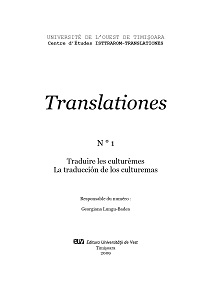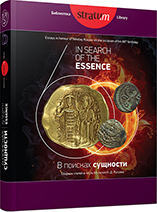
Григорий Цамблак и первое упоминание о Хаджибее
The exchange of embassies before the election of Grigorij Tsanblak as Kievan Metropolitan caused the meeting of Władysław II Jagiełło and Byzantine embassy in Sniatyn in May 1415. This meeting recorded by Jan Długosz is marked by the mentioning of wheat delivery from the “royal port of Kaczubyeow”. Sniatyn negotiations are not connected with the “nuncios from Constantinople” visit to Krakow in September the same year. This nuncios must have been Theodor Chrysoberges departing to the church council in Konstanz with the proposition of union between Western and Eastern churches in the name of king Władysław. In early 1418 the same proposal was brought to Kostanz by Grigorij Tsamblak in the name of Władysław II, Vitautas, emperor Manuel II and the patriarch of Constantinople altogether.
More...
